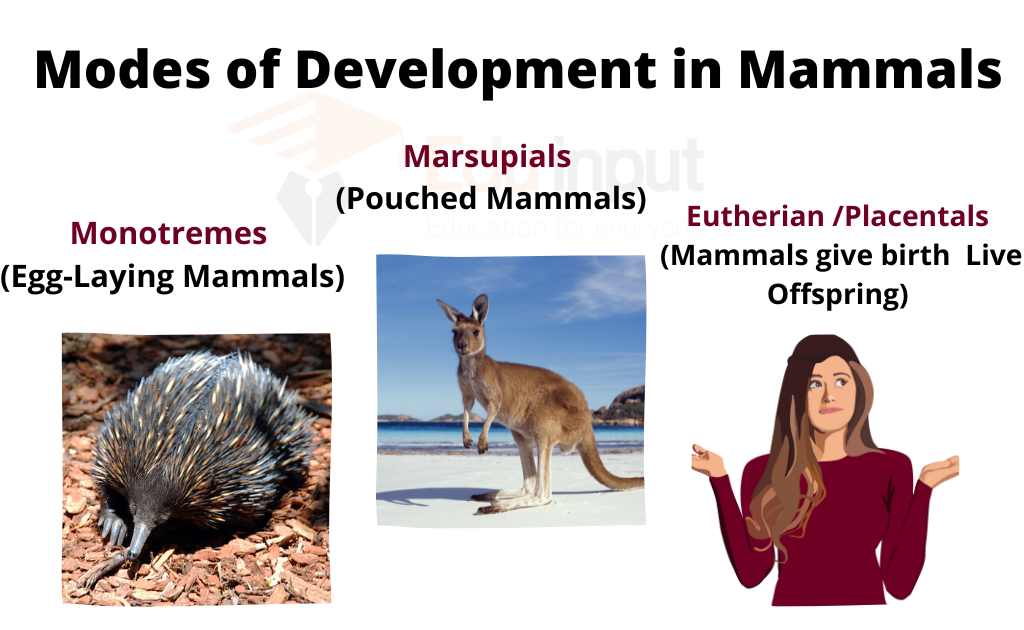Feeding Strategies of Mammals
Mammals are a diverse group of animals, that use various feeding strategies to get the nutrients necessary for their survival. These strategies include herbivory (eating plants), carnivory (eating animals), omnivory (eating both plants and animals), insectivory (eating insects), piscivory (eating fish), frugivory (eating fruits), and nectarivory (eating nectar).
7 Feeding Strategies of Mammals
Mammals use following strategies to get and use food:
1. Herbivory
Herbivorous mammals primarily depends on plant material. They have specialized adaptations to efficiently process and digest vegetation.
Grazers, such as cows (e.g., Holstein), horses (e.g., Arabian), and zebras, have evolved large, flat teeth for chewing tough plant matter like grass. Browsers, like giraffes (e.g., Masai giraffe), possess long necks and prehensile tongues to reach leaves in tall trees.
Some herbivorous mammals, like rabbits (e.g., European rabbit) and rodents (e.g., beavers), have continuously growing incisors to cope with abrasive plant material.
Herbivory Examples
- Cows (e.g., Holstein): Graze on grass and other vegetation, utilizing their specialized digestive systems to break down cellulose.
- Giraffes (e.g., Masai giraffe): Browsers that feed on leaves and twigs of tall trees, thanks to their long necks and prehensile tongues.
- Rabbits (e.g., European rabbit): Consume plant material, utilizing continuously growing incisors to cope with abrasive vegetation.
2. Carnivory
Carnivorous mammals are hunters. They rely on a diet consisting mainly of meat. They possess sharp teeth, strong jaws, and claws to capture and kill their prey.
Large carnivores, such as lions (e.g., African lion) and tigers (e.g., Bengal tiger), have strong skulls and powerful bites to bring down large ungulates.
Smaller carnivores, like foxes (e.g., red fox) and weasels (e.g., stoat), are nimble hunters that rely on speed and agility to catch smaller prey.
Carnivory Examples
- Lions (e.g., African lion): Apex predators that hunt and prey on a variety of large ungulates.
- Tigers (e.g., Bengal tiger): Solitary hunters with powerful jaws, capable of taking down large prey.
- Foxes (e.g., red fox): Opportunistic carnivores that prey on smaller animals like rodents, birds, and insects.
3. Omnivory
Omnivorous mammals have a versatile diet. They consume both plant and animal matter. Humans are a prime example of omnivorous mammals.
Bears (e.g., grizzly bear), raccoons (e.g., common raccoon), and pigs (e.g., domestic pig) are also opportunistic omnivores that adapt their diets to available food sources.
Omnivory Examples
- Humans: Exhibit a wide range of dietary preferences, consuming both plant and animal matter for nutrition.
- Bears (e.g., grizzly bear): Opportunistic omnivores that adapt their diet based on seasonal availability, consuming plants, fish, and small mammals.
- Raccoons (e.g., common raccoon): Highly adaptable omnivores known for their ability to scavenge, eat fruits, nuts, insects, and small animals.
4. Insectivory
Insectivorous mammals are specialized in feeding on insects and other invertebrates. These small, agile mammals have adaptations sharp teeth and claws to capture and consume their prey.
Bats (e.g., brown long-eared bat) use echolocation to detect and catch flying insects, and shrews (e.g., common shrew), which have a rapid metabolism to sustain their high-energy insect diet.
Insectivory Examples
- Bats (e.g., brown long-eared bat): Use echolocation to locate and capture flying insects in mid-air.
- Shrews (e.g., common shrew): Small mammals with a high metabolism, consuming large quantities of insects relative to their body size.
5. Piscivory
Piscivorous mammals are fish hunters. They are well adapted to aquatic environment. They possess streamlined bodies, webbed feet, and specialized teeth for catching and consuming fish.
Otters (e.g., sea otter) and seals (e.g., harbor seal) are excellent swimmers that rely heavily on fish as their primary food source.
Piscivory Examples
- Otters (e.g., sea otter): Proficient swimmers that hunt fish, crustaceans, and other aquatic prey in rivers, lakes, and oceans.
- Seals (e.g., harbor seal): Depend on fish as their primary food source, using their streamlined bodies and swimming abilities to catch prey underwater.
6. Frugivory
Frugivorous mammals feed on fruits. They help in seed dispersal and promote plant diversity. Primates, such as monkeys (e.g., howler monkey) and apes (e.g., orangutan), are well-known frugivores that consume a variety of fruits and seeds. Their specialized dentition enables them to extract pulp and seeds from fruits efficiently.
Frugivory Examples
- Monkeys (e.g., howler monkey): Consume a variety of fruits, seeds, and leaves, contributing to seed dispersal and plant propagation.
- Apes (e.g., orangutan): Primates that feed on fruits, leaves, and occasionally insects, playing a crucial role in forest ecosystems.
7. Nectarivory
Nectarivorous mammals feed on nectar from flowers. Bats (e.g., Mexican long-tongued bat), for instance, have long tongues and specialized dentition for sipping nectar from blossoms. They help in pollination as they transfer pollen from one flower to another.
Nectarivory Examples
- Bats (e.g., Mexican long-tongued bat): Specialized nectar feeders, pollinating flowers as they drink nectar using their elongated tongues.
Also read about “
Reproductive Strategies in Mammals





Leave a Reply